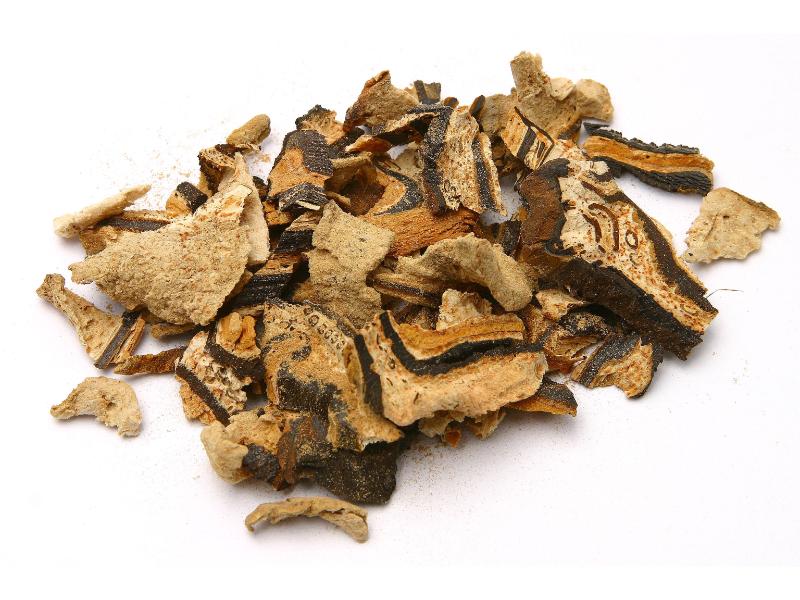Search in medicinals
Aspidii Rhizoma
Aspidium
贯众 〔貫眾〕 guàn zhòng

Alternate Chinese names: 贯中 guàn zhōng; 贯锺 guàn zhōng; 贯来 guàn lái; 贯仲 guàn zhòng
Kingdom: Plant
Origin in PRC Pharmacopoeia: Dryopteris crassirhizoma Nakai; Athyrium pycnosorum Christ. [= Lunathyrium acrostichoides (Sw.) Ching]; Osmunda japonica Thunb. (PRC Pharmacopoeia)
Origin in unofficial sources: Dryopteris crassirhizoma Nakai; Athyrium pycnosorum Christ. [= Lunathyrium acrostichoides (Sw.) Ching]; Matteuccia struthiopteris (L.) Todaro; Osmunda japonica Thunb.; Blechnum orientale L.; Brainia isignis (Hook.) J. Sm.; Woodwardia japonica (L. f.) Sm.; Dryopteris filix-mas (L.) Schott; Dryopteris peninsulae Kitag.; Polystichum squarrosum Fée; Woodwardia unigemmata (Mak.) Nakai; Woodwardia unigemmata (Mak.) Nakai; Cyrtomium fortunei J. Sm. [= Polystichum fortunei Nakai]
Use: Medicinal
Category: Worm-expelling agents
Properties: Bitter; cool.
Channel entry: Liver and stomach channels.
Actions and indications:
- Kills worms:
Intestinal worms (parasites) ; wind-heat common cold. - Clears heat and resolves toxin: Warm heat maculopapular eruption; measles.
- Cools the blood and stanches bleeding: vomiting of blood (blood ejection); nosebleed (nǜ xuè); intestinal wind; bloody stool; blood dysentery; flooding and spotting; vaginal discharge.
Dosage and method: Oral: Decoct (10–15g); use in pills and powders. Use raw for expelling worms and for clearing heat and resolving toxin; use stir-fried for stanching bleeding.
Warnings: Unsuitable for yīn vacuity with internal heat and spleen-stomach vacuity cold. Contraindicated in pregnancy and for children, weak patients, and peptic ulcer sufferers.
Quality: Dry, fat, neatly shaped purplish rhizomes without roots or leaves attached are the best.
Production area: ānhuī, Shǎnxī (Shaanxi), and Húnán.
Back to search result Previous Next